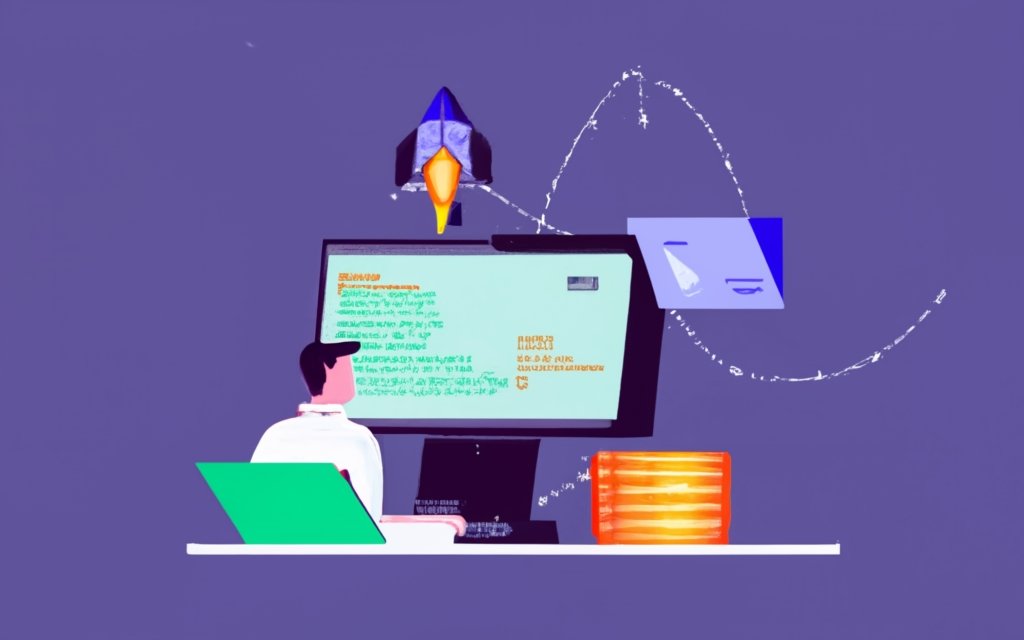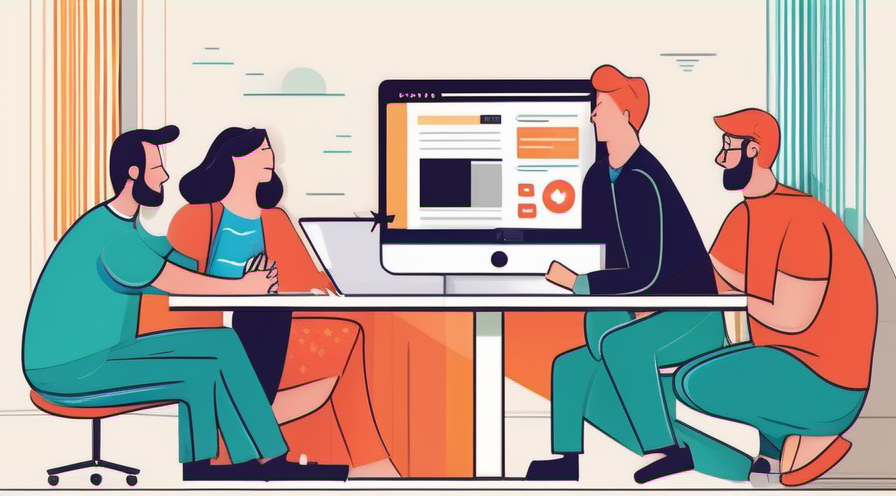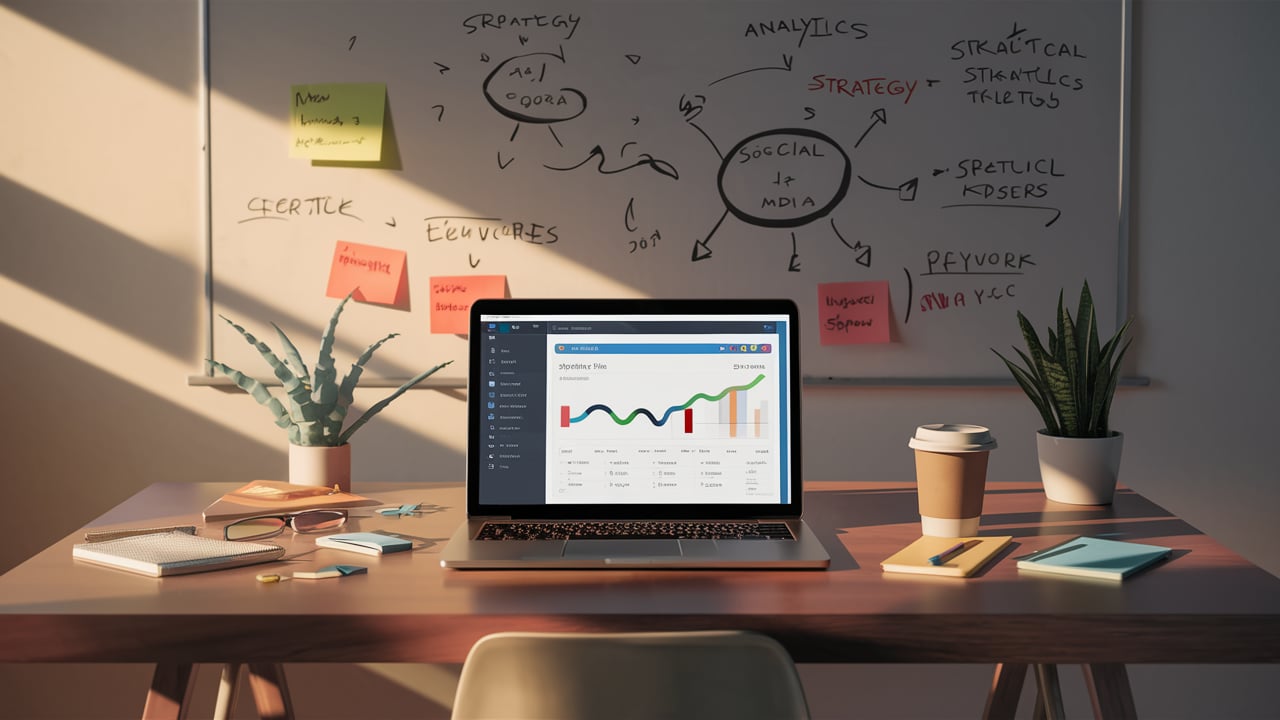Welcome to another article on the NelkoDev blog. This time, we are going to talk about effects and blending modes in CSS, and how we can apply these effects to background images and background colors in HTML. This topic is especially relevant if you are interested in improving the visual aspect of your website or project.
Table of Contents
ToggleWhat are blending modes in CSS?
Blending modes in CSS are a set of properties that allow us to combine and mix visual elements, such as images or background colors. These properties give us the ability to create interesting and unique effects in our design.
One of the most popular blending modes is the "mix-blend-mode". This property allows us to specify how the content of an element is mixed with the content of its parent element. We can use this blending mode to create transparencies, overlay effects and much more.
Applying blending modes to background images in HTML
One of the most common applications of blending modes in CSS is blending background images in HTML. Imagine that you have two images and you want to combine them to create a unique visual effect. With blend modes, you can easily achieve this.
To apply a blend mode to a background image in HTML, you simply need to use the "background-blend-mode" property in the style of your element. For example:
In this example, we have used the "multiply" blending mode to combine two background images into one element <div>. The result will be a fusion of the two images.
Applying blending modes to background colors in HTML
In addition to background images, we can also apply blending modes to background colors in HTML. This allows us to create interesting visual effects and highlight certain sections of our design.
To apply a blend mode to a background color in HTML, we can use the "background-blend-mode" property in combination with the "background-color" property. For example:
In this example, we have used the "screen" blending mode to blend the red background color with the element content <div>. The result will be a fusion of the background color with the content.
Other properties related to blending modes
In addition to blending modes, there are other properties in CSS that allow us to adjust and customize visual effects. Some of these properties include:
- background-color: to set the background color of an element.
- background-image: to set a background image.
- background-size: to specify the size of the background image.
- background-repeat: To control the repetition of the background image.
- background-position: to specify the position of the background image.
These properties give us greater control and flexibility when applying visual effects to our projects.
Frequently asked questions
How can I learn more about blending modes in CSS?
You can find more information and examples in the official CSS documentation. Additionally, we recommend exploring tutorials and online resources to gain a deeper understanding of this topic.
When should I use blend modes in my projects?
Blending modes can be used in various contexts and projects, but it is especially useful when you are looking to create interesting and different visual effects in your design. You can experiment with different blending modes to achieve the desired effect.
What other visual effects can I achieve with blend modes?
Blending modes in CSS are very versatile and allow you to achieve a wide range of visual effects. Some examples include transparencies, color overlays, glow effects, and more. The key is to experiment and try different combinations until you get the desired result.
I hope this article was helpful to you and gave you a basic understanding of blending effects and modes in CSS. If you have any additional questions or need more information, please do not hesitate to contact me through the links below. Until next time!
Related links:






